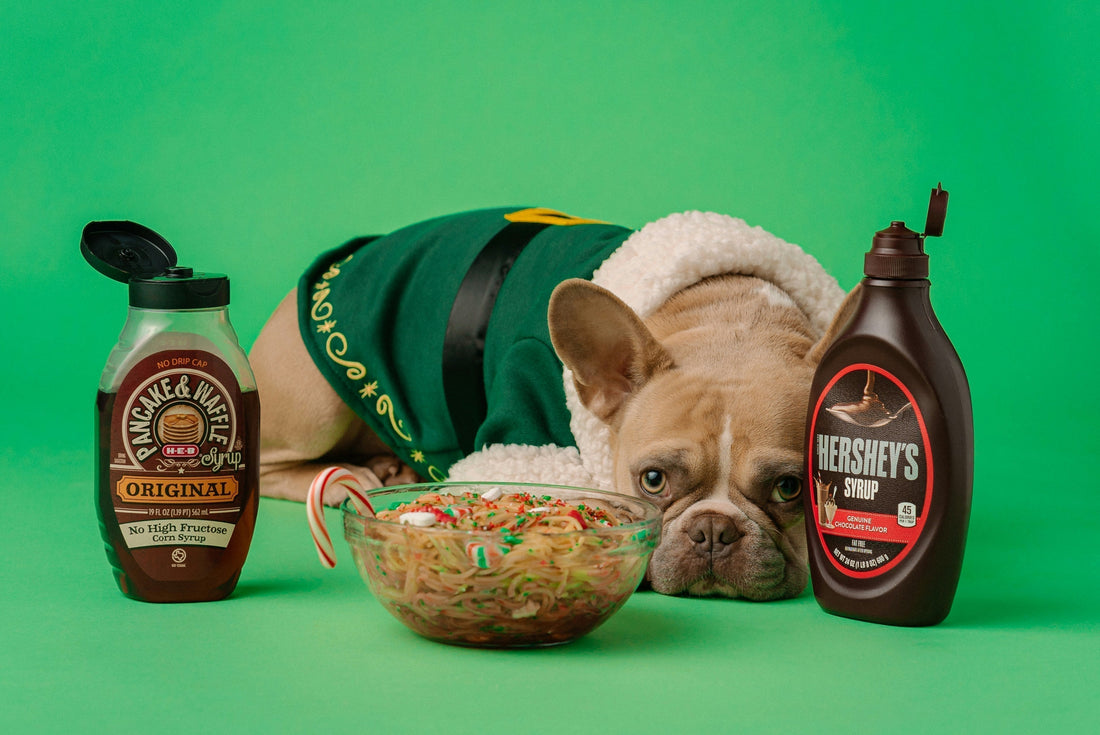
Diabetes
Share
Diabetes is a common condition we are seeing more and more in private practice. Affecting dogs and cats alike.
There are two types of diabetes in animals. Diabetes Mellitus (DM) and rarely Diabetes Insipidus (DI).
1. Diabetes Mellitus (DM)
This is the most common form and occurs as a result of issues with insulin production or usage. It is further divided into:
a) Type 1 Diabetes (Insulin-Dependent Diabetes Mellitus - IDDM)
- More common in dogs
- Caused by the destruction of insulin-producing beta cells in the pancreas, leading to an absolute insulin deficiency
- Requires lifelong insulin therapy
b) Type 2 Diabetes (Non-Insulin-Dependent Diabetes Mellitus - NIDDM)
- More common in cats
- Caused by insulin resistance and/or inadequate insulin secretion
- Often associated with obesity and a sedentary lifestyle
- Some cases can be managed with diet, weight loss, and oral medications, though insulin is often needed
c) Transient Diabetes
- Seen in some cats
- Cats with Type 2 diabetes can sometimes go into remission with proper treatment (low-carb diet, weight loss, and insulin therapy)
- Less common in dogs
2. Diabetes Insipidus (DI)
A much rarer condition in both species, Diabetes Insipidus is caused by issues with antidiuretic hormone (ADH), leading to excessive thirst and urination. It is unrelated to blood sugar levels.
- Central DI – Lack of ADH production from the brain (pituitary gland)
- Nephrogenic DI – Kidneys don’t respond properly to ADH

Common Signs of Diabetes
The symptoms of diabetes can be subtle, and the onset can be gradual, making the detection difficult. If you have noticed something off, chances are that you are spot on, and worth while having your animal seen.
In Both Dogs and Cats:
§ Increased thirst (polydipsia)
§ Increased urination (polyuria)
- Increased appetite (polyphagia)
- Weight loss despite eating
- Lethargy
- Poor coat condition
- Seizures
-
Coma
Unique to Cats:
· Walking on the hocks (plantigrade stance) due to diabetic neuropathy (this is quite rare, please do not rely on this sign to suspect diabetes)
Unique to Dogs:
· Cataract formation is very common (can lead to sudden blindness) – I have often experienced this sign as the first hint of a possible diabetic problem.
Diagnosis
As the common symptoms can be insidious and are also signs of other diseases, it is important to have your vet make a definitive diagnosis for successful treatment.
Diagnosis is rather straight forward and based on:
- Clinical signs
- Persistent high blood glucose levels
- Glucose in the urine
- Fructosamine levels: reflect average glucose over 2–3 weeks which is useful in ruling out short term/once off blood glucose spikes.
Treatment Approaches
This is multifactorial as, like in humans, diabetes is often a lifestyle disease. The treatment is thus based on more than one constituent.
Insulin is injected once or twice per day - depending on product chosen for the specific individual and the type of disease at hand - to aid the body in the transfer of glucose from the blood into cells. This replaces the body's own insulin function, lowering the glucose in the blood stream and thus reducing symptoms.
1. Insulin Therapy
- Dogs almost always require insulin for life.
- Cats often start on insulin; some may go into remission if treated early and diet is controlled.
It can, at times, take a while to find the dosage that works well for the individual. This process may require numerous visits to your vet for glucose curves.
Insulin treatment requires a certain amount of commitment from an owner. The injections should happen roughly at the same time every day and only after the animal has eaten, to avoid a too severe drop in blood glucose. Every day, weekends and holidays.

2. Diet
Low, slow-releasing, carbohydrate diets are key to maintain the blood sugar as low as possible. This will allow for lower insulin doses. More importantly, a high carbohydrate diet will make the blood sugar level control more complicated due to glucose spikes.
- Dogs benefit from high-fiber, low -carb diets to slow glucose absorption.
- Cats, being obligate carnivores, do best on low-carbohydrate, high-protein diets.
3. Weight Management
- Obesity is a major risk factor and complicates control. Weight loss is crucial, especially in overweight cats.
The commercially available prescription diets made by premium pet food companies offer good options for carbohydrate and weight control.

4. Home Monitoring
- Urine tests and home glucose monitoring (using pet glucometers or continuous glucose monitors) can help track progress and prevent complications. This is not always a possibility, and very often it isn’t. In this case observation is your best tool. Take note of your animal’s water intake, urination frequency and energy levels.
A diagnosis of diabetes can be very daunting for any pet owner. The overwhelming amount of information and the concern of one’s animal, is enormous. Please let me tell you that with the help of your vet you will become comfortable with injections and also getting to know the signs that will alert you to possible problems.
Complications
- Hypoglycemia/low blood glucose (from too much insulin or too little food intake)
- Hyperglycemia/high blood glucose (skipping insulin injections or inaccurate injection method)
- Ketoacidosis: A severe, acute crisis requiring emergency care.
- Neuropathy: Especially in cats.
- Cataracts: Especially in dogs.
- Inability to control blood sugar levels – this can be a complicated by liver problems, pancreatitis, tumours, or other systemic problems or diseases.
If problems arise, it is very important to determine the cause as some of the above complications can look very similar and must be treated or managed completely differently. If you do not have monitoring equipment at home, please seek veterinary help as soon as possible.
Please contact your vet if your animal experiences the following symptoms:
- Sudden changes in thirst, urination, appetite, or weight
- Any vomiting, diarrhea, or refusal to eat
Alternatives and supplements
- Antioxidants in the form of Vitamin C and E can help to counteract he oxidative damage caused by diabetes
- Omega 3 fatty acids can increase insulin sensitivity and can be useful for neuropathy
- Many herbs like Gymnema, Fenugreek, Ginseng and Rehmannia have been used traditionally for diabetes cases.
- Numerous herbal formulas and herbs have been used successfully for many years - mostly in a complementary fashion.
- Glutathione and Aeon Lifewave patches can help with supporting the diabetic patient.
An important aspect of using supplements is that they seriously can help reduce blood glucose level, which means that insulin levels will have to be adjusted. Please monitor your pets closely when implementing herbals.

Prognosis
- With proper management, dogs and cats with diabetes can live normal, happy lives.
- Early diagnosis, routine monitoring, and commitment from the owner is key.
- These cases require team work with your vet, chose somebody that you resonate and are comfortable with
Best of luck
Dr. Sarah
